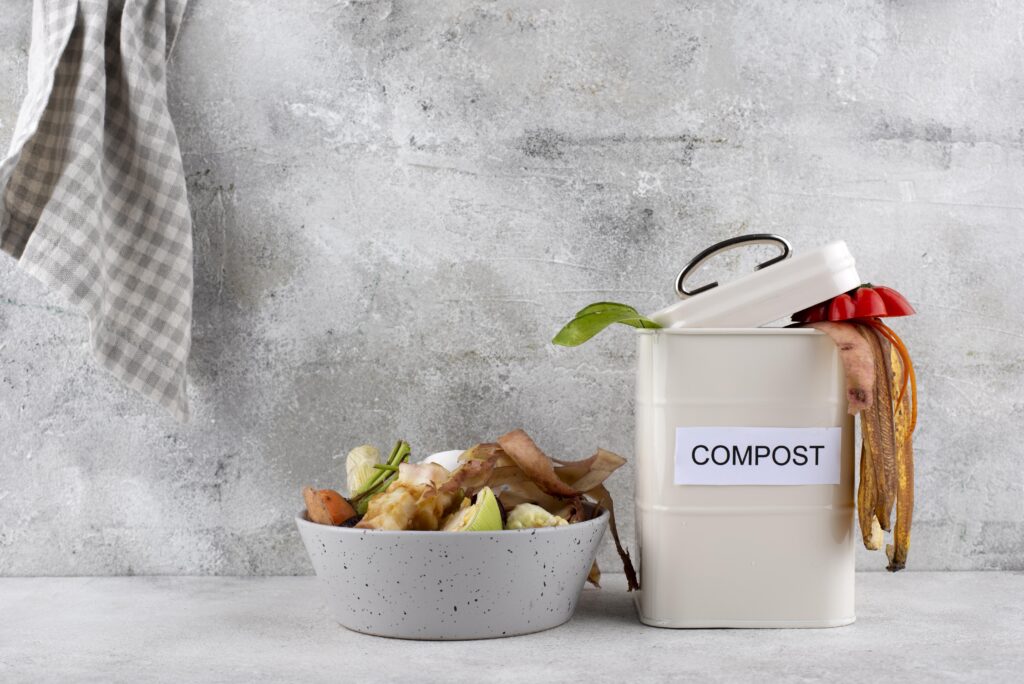Composting is an eco-friendly and sustainable practice that transforms organic waste into nutrient-rich soil. However, just like any other gardening endeavor, composting can sometimes attract unwanted pests. These pests can disrupt the composting process and even find their way into your garden. The good news is that there are numerous natural and effective ways to manage pests in your compost bin without resorting to harmful chemicals. In this article, we will explore some eco-friendly techniques for natural pest control in your composting journey.
1. Understanding Common Compost Pests
Before delving into pest control methods, it’s crucial to identify the potential pests that might infest your compost bin. Common compost pests include fruit flies, ants, cockroaches, rodents, and even larger creatures like raccoons. Each of these pests can hinder the composting process or make your compost bin their breeding ground. Knowing the characteristics and habits of these pests will help you address them more effectively.
2. Maintain a Balanced Compost Pile
One of the foundational steps in natural pest control is to maintain a balanced compost pile. A well-balanced compost pile with a mix of green (nitrogen-rich) and brown (carbon-rich) materials will heat up properly during the decomposition process. This heat can deter many pests from taking up residence in your compost bin. It also speeds up decomposition, making the environment less attractive to pests seeking a place to nest or feed.
3. Bury Food Scraps
Food scraps are a common attractant for pests like fruit flies and rodents. To prevent this, bury your food scraps within the compost pile. This practice not only helps deter pests but also promotes a healthier decomposition process by distributing the organic matter throughout the bin.
4. Turn and Mix Regularly
Regularly turning and mixing your compost pile serves several purposes in pest control. It helps distribute heat evenly, making the environment less hospitable for pests. Additionally, turning the pile exposes pests like maggots and larvae to air and sunlight, which can disrupt their lifecycle. Mixing the pile also prevents any single area from becoming an attractive breeding ground.
5. Cover Your Compost Bin
Covering your compost bin with a tight-fitting lid or a layer of coarse material like straw can keep pests out while allowing airflow. This discourages pests like rodents, raccoons, and larger insects from accessing your compost pile. However, ensure that the cover still allows for proper ventilation to prevent the pile from becoming too damp, which could attract different types of pests.
6. Introduce Beneficial Predators
Some pests have natural predators that can help control their populations. For instance, nematodes, beneficial nematode-eating insects, and birds can aid in managing pest populations in and around your compost bin. By creating a hospitable environment for these predators, you can establish a natural balance that minimizes pest infestations.
7. Avoid Meat and Dairy Products
Meat and dairy products are not suitable for composting in backyard bins because they can attract pests like rodents and raccoons. These types of food waste also take longer to break down, potentially creating an environment where pests can thrive. Stick to composting plant-based materials to reduce the risk of attracting unwanted visitors.
8. Regular Maintenance
Consistent maintenance of your compost bin is key to effective pest control. Regularly inspect your compost pile for signs of pests and address any issues promptly. If you notice an increase in pest activity, adjust your composting practices accordingly. Timely action can prevent a minor pest problem from escalating into a major infestation.
Composting is a rewarding and environmentally friendly way to recycle organic waste and create nutrient-rich soil for your garden. By understanding common compost pests and implementing these natural pest control techniques, you can maintain a healthy composting environment while minimizing the risk of infestations. Remember that a well-balanced compost pile, proper turning and mixing, and a focus on creating a predator-friendly habitat can all contribute to a harmonious coexistence between your compost pile and the natural world.

